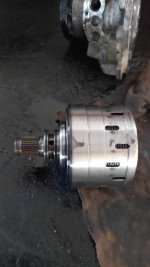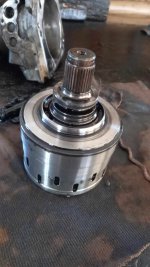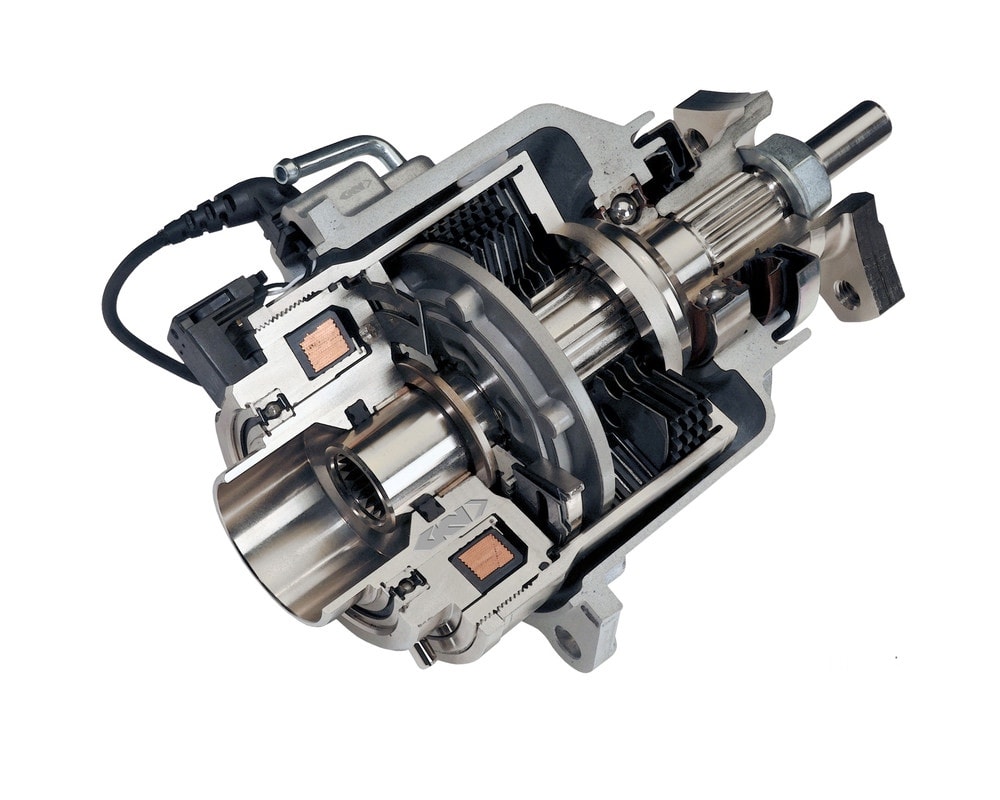Hello everyone,
I hope this message finds you well. I am currently facing an issue with the rear drive of my 2011 Fiat Panda 169 4x4, equipped with a differential featuring a Haldex clutch and an electro-pneumatic valve. In an attempt to diagnose the problem, I disassembled the "piston" on the valve to ensure a constant flow, but despite this effort, the drives still failed to operate. After consulting with others, it seems that the Haldex clutch (discs) may be the culprit.
Haldex part(This doesn't work.)


Finding a used differential for my specific model has proven challenging, and the available options are priced above 500€. However, I recently received a suggestion from someone who had a similar issue. They replaced their differential with an older one from the 2003-2010 model, which is currently priced at 300€ and reportedly fits seamlessly.
I am seeking your advice on whether I should opt for the used differential that matches my current model or consider the older one with a "viscous coupling" (VC). My concern lies in the reliability of the VC model – are there common issues, potential breakages, and how much mileage can they typically endure? I want to avoid switching to the older model only to encounter problems within a short timeframe.
Additionally, if anyone has information on how to renew the Haldex clutch or knows where I can purchase a new one, I would greatly appreciate the guidance.
Thank you in advance for your valuable input.
I hope this message finds you well. I am currently facing an issue with the rear drive of my 2011 Fiat Panda 169 4x4, equipped with a differential featuring a Haldex clutch and an electro-pneumatic valve. In an attempt to diagnose the problem, I disassembled the "piston" on the valve to ensure a constant flow, but despite this effort, the drives still failed to operate. After consulting with others, it seems that the Haldex clutch (discs) may be the culprit.
Haldex part(This doesn't work.)


Finding a used differential for my specific model has proven challenging, and the available options are priced above 500€. However, I recently received a suggestion from someone who had a similar issue. They replaced their differential with an older one from the 2003-2010 model, which is currently priced at 300€ and reportedly fits seamlessly.
I am seeking your advice on whether I should opt for the used differential that matches my current model or consider the older one with a "viscous coupling" (VC). My concern lies in the reliability of the VC model – are there common issues, potential breakages, and how much mileage can they typically endure? I want to avoid switching to the older model only to encounter problems within a short timeframe.
Additionally, if anyone has information on how to renew the Haldex clutch or knows where I can purchase a new one, I would greatly appreciate the guidance.
Thank you in advance for your valuable input.


